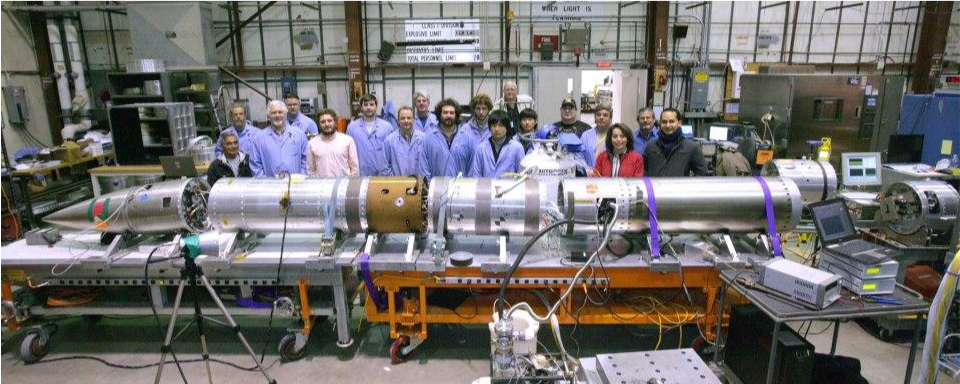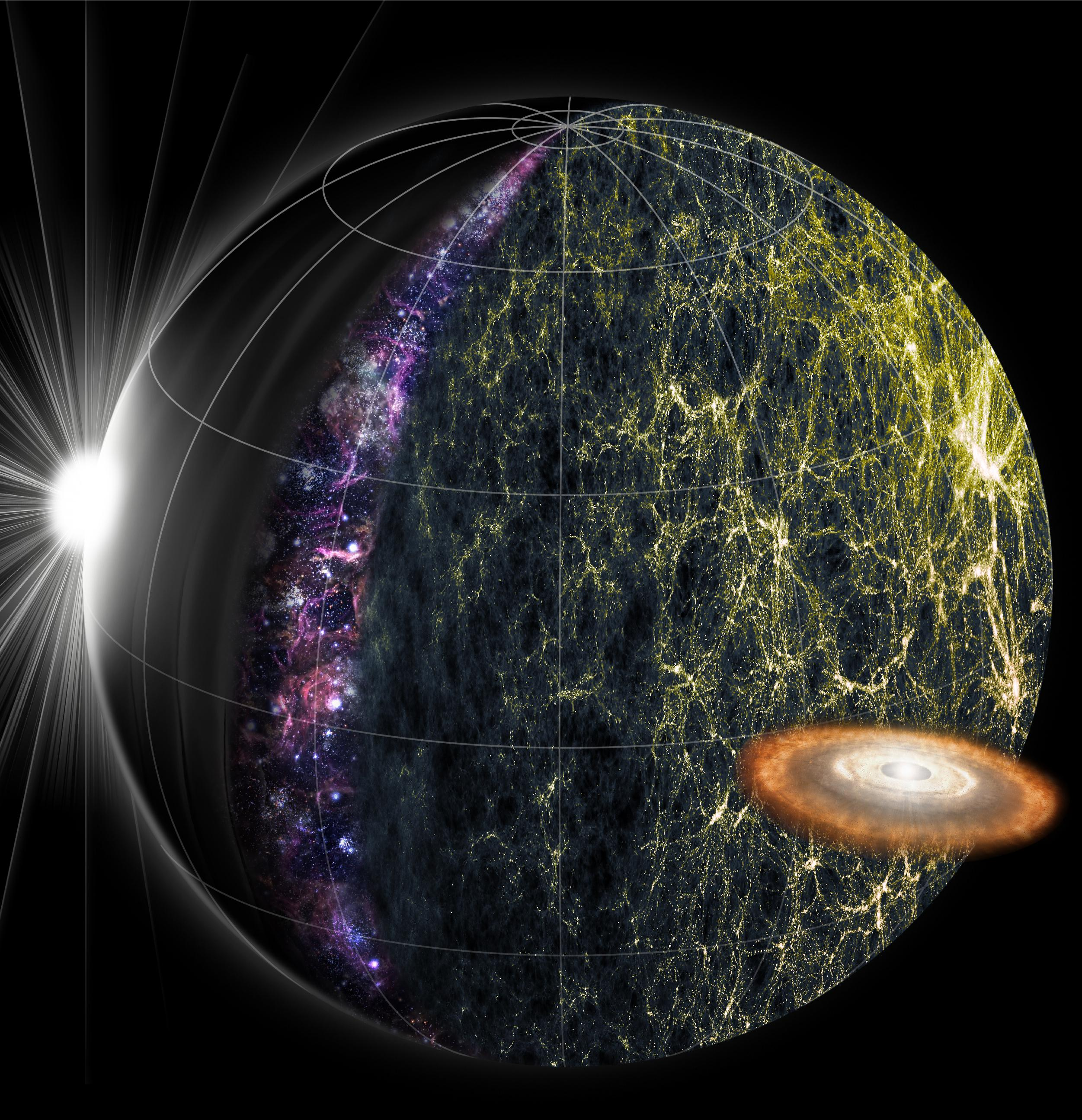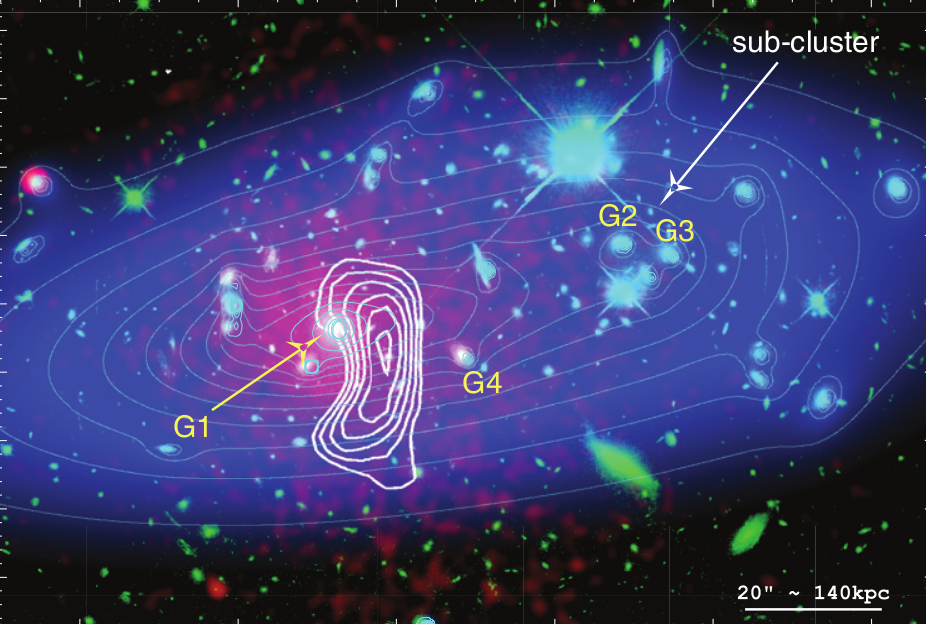CIBER

CIBER was a sounding rocket experiment to probe the Cosmic Infrared Background through a campaign of fluctuation studies and absolute spectro-photometry. Flown four times between 2009 and 2013, CIBER had four instruments, including two imagers, a low resolution spectrometer and a narrow band spectrometer for estimates of the Zodiacal Light Foreground absolute intensity, an effort which I led. Results from the Imager campaign led to the discovery of a large population of Intra-halo stars, outside galaxies, published in the journal Science (see Zemcov et al 2014).
SPHEREX

Spherex is an all-sky survey recently selected for phase-A development in NASA's astrophysics small explorer call. It will apply a unique scan strategy employing LVF filters to survey the large scale structure of the Universe through R=150 spectroscopy spanning the near infrared, from 0.75 microns to 5 microns. The enormous data-set will simulataneously provide new constraints on the conditions of inflation in the early Universe, probe the history of galaxy evolution and survey our own Galaxy for its ice content. I am currently the Instrument Scientist in this effort.
CIBER2

We are currently constructing the next generation CIBER experiment, for launch in 2017. Following on the success of CIBER, CIBER2 will study fluctuations in the NIR background in 6 independent bands from 0.5um to 2.0um. The instruments will share a 28.5cm primary aperture, providing increased sensitivity in addition to spectral coverage.
MUSTANG


My dissertation work was done on MUSTANG, a 90 GHz bolometer camera for NRAO's 100m Green Bank Telescope, located in West Virginia. Using the unique combination of high angular resolution and surface brightness sensitivity provided by this instrument, I mapped the SZ effect in galaxy clusters to probe dynamics such as shocks in the intra-cluster medium produced by the merging of massive systems.